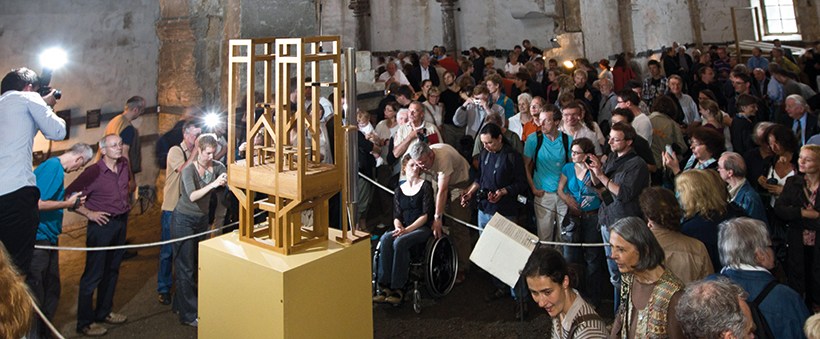In the year 2000, in a small east German town, work began on the construction of an organ that had one purpose: to perform John Cage’s ORGAN2/ASLSP (1987) for precisely 639 years. The late avant-garde composer had instructed the piece to be played ‘As Slow As Possible’. And so in 2001 – the instrument finally ready – the world’s longest organ recital began in St Burchardi church, Halberstadt, with a rest lasting 17 months before the first chord commenced droning in 2003.
Already a subscriber? Log in
Subscribe for just $2 a week
Try a month of The Spectator Australia absolutely free and without commitment. Not only that but – if you choose to continue – you’ll pay just $2 a week for your first year.
- Unlimited access to spectator.com.au and app
- The weekly edition on the Spectator Australia app
- Spectator podcasts and newsletters
- Full access to spectator.co.uk
Unlock this article
You might disagree with half of it, but you’ll enjoy reading all of it. Try your first month for free, then just $2 a week for the remainder of your first year.








Comments
Don't miss out
Join the conversation with other Spectator Australia readers. Subscribe to leave a comment.
SUBSCRIBEAlready a subscriber? Log in